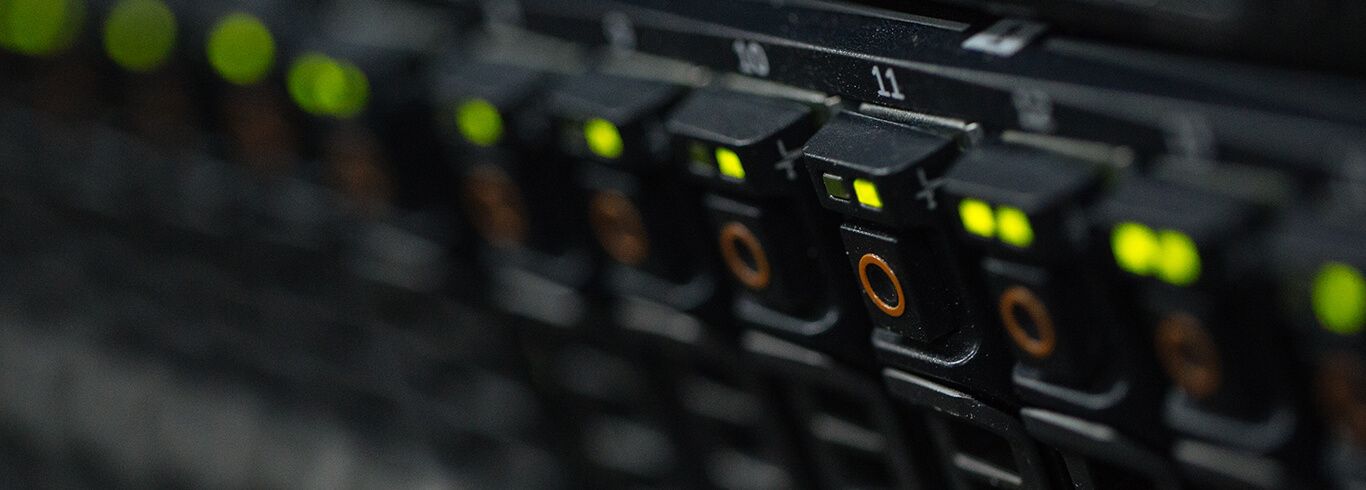What is Fibre Optic Broadband?
Both FTTC and FTTP are types of Fibre Optic broadband. On this page you’ll find plenty of information on the two types, but here we provide a quick definition of Fibre Optic broadband.
Fibre Optic broadband provides a super-fast connection and is suitable for a wide range of needs. It can be made from either plastic or glass cables, whereas regular broadband is made using copper cables. Glass or plastic are much faster at transferring data than copper wires, so much faster in fact that it’s possible to get up to speeds of 1GB/s.
Fibre to the Cabinet (FTTC)
FTTC stands for Fibre to the Cabinet. This type of Fibre Optic broadband means that the connection will travel from the exchange to your local cabinet via fibre optic cables, and from your cabinet to your premises through copper cables.
The connection will still be a fast one, but the incorporation of copper means you’re more likely to encounter speed or reliability issues.
Fibre to the Premises (FTTP)
FTTP stands for Fibre to the Premises – it’s a type of Fibre Optic broadband.
This means that the physical fibre optic connection that’s installed will go directly from the exchange up to your location through fibre optic cables, as opposed to just the nearest cabinet, which is what FTTC broadband means.
It’s important to note here that you can only get an FTTP connection if an FTTC connection cannot be provided.
What are the benefits of each option?
FTTP is beneficial in that it provides you with a fast, reliable connection, right the way through to your premises. You’re less likely to encounter speed issues with this type, as although FTTC is a fast and reliable source of broadband, the inclusion of copper cables does make the connection more susceptible to problems than FTTP.
How do you get FTTP or FTTC?
To find out which option is available to you, all you need to do is get in touch with us here at 4Com, and we’ll run a quick check to find out which type is already installed in your area. If you’d like to proceed, we can handle the process of connecting for you.
How fast is FTTC broadband?
Fibre to the Cabinet broadband is one of the speediest options you could choose. It tends to have download speeds of up to 80Mbps, and upload speeds of up to 20Mbps.
What is the difference between FTTH and FTTP?
FTTH stands for Fibre to the Home, and FTTP stands for Fibre to the Premises, and in practice, refer to the same type of connection – one that goes directly from the exchange to your home or premises, via a fibre optic cable.
What is the difference between FTTH and FTTC?
FTTH stand for Fibre to the Home, and is essentially just another name for FTTP (Fibre to the Premises), meaning that the difference between FTTH and FTTC is the same as the difference between FTTP and FTTC.
FTTP is a fibre optic connection that travels directly from the exchange to your premises (or home, hence FTTH), via fibre optic cables, whereas with FTTC, the connection will go from the exchange to the nearest cabinet via fibre optic cables, then from the cabinet to your premises or home via copper cables.
